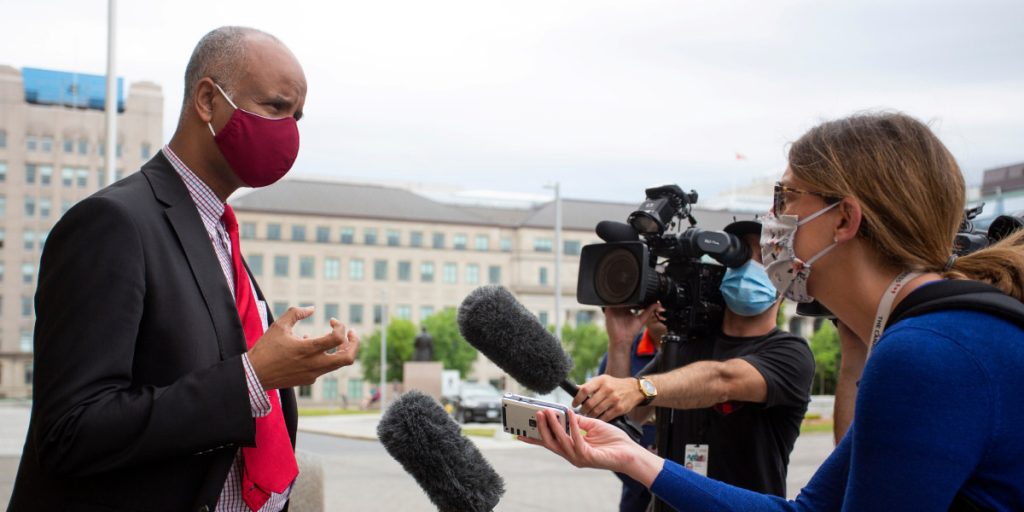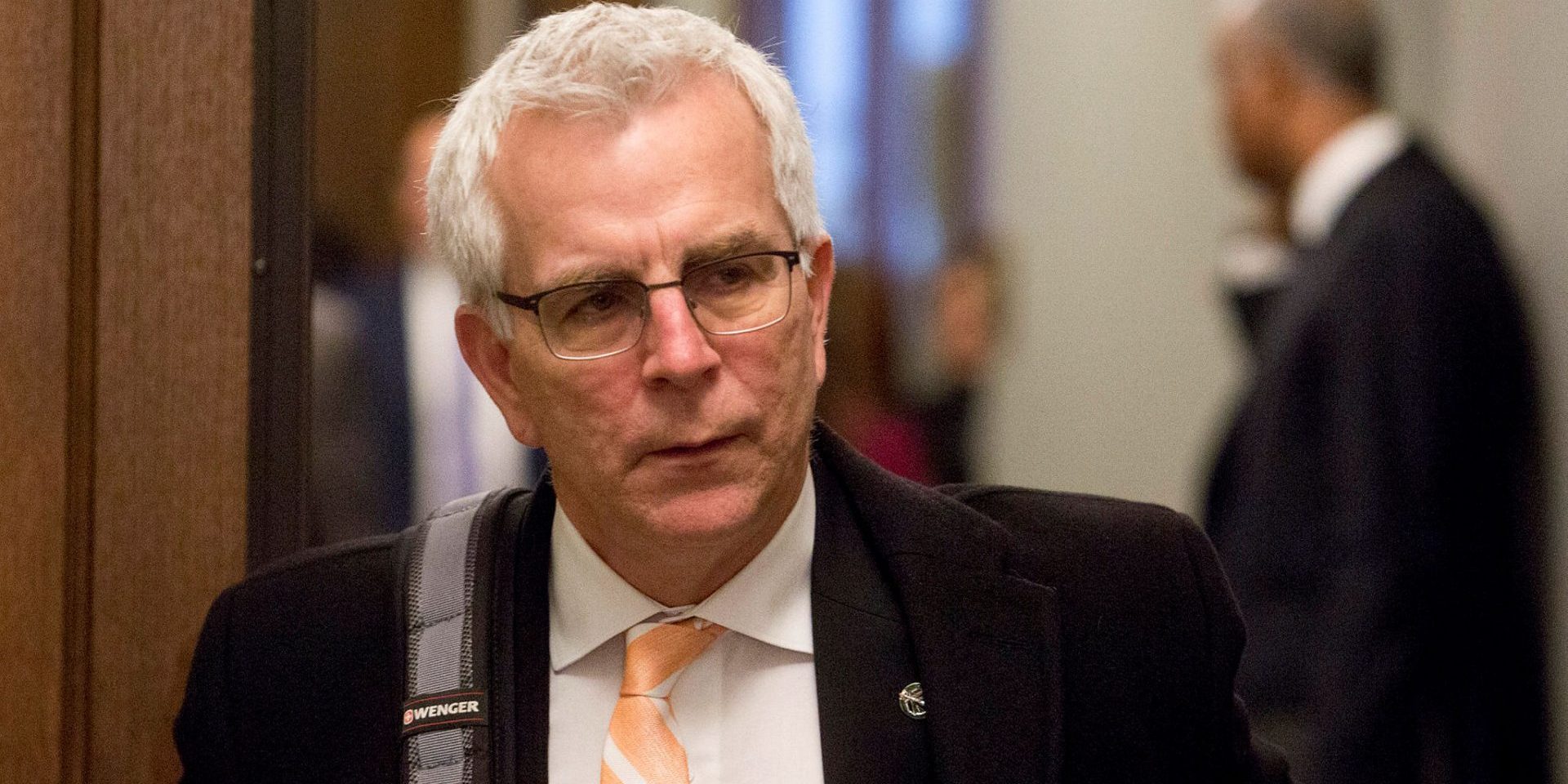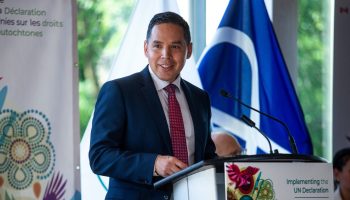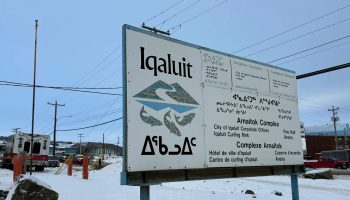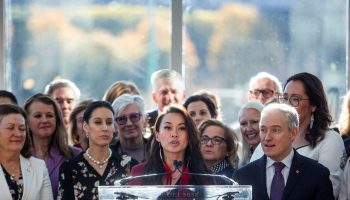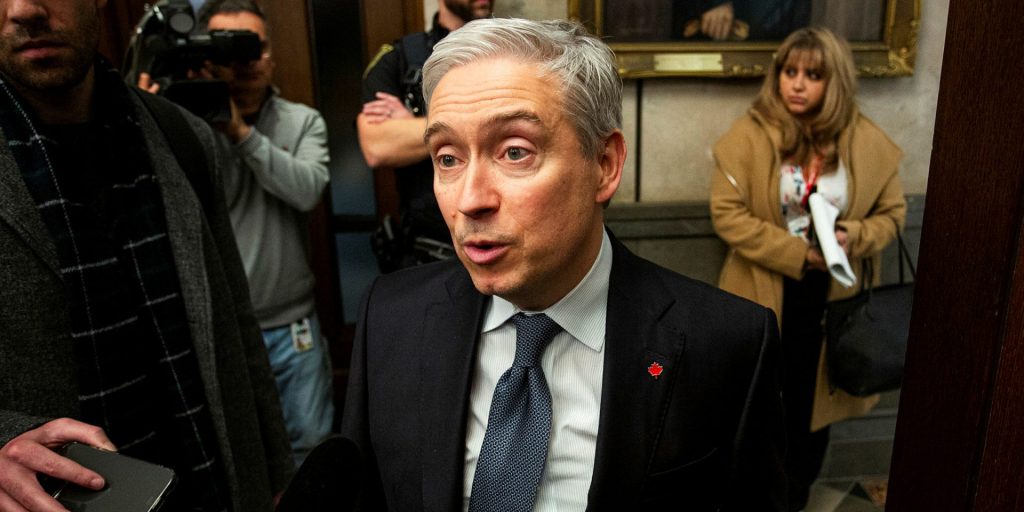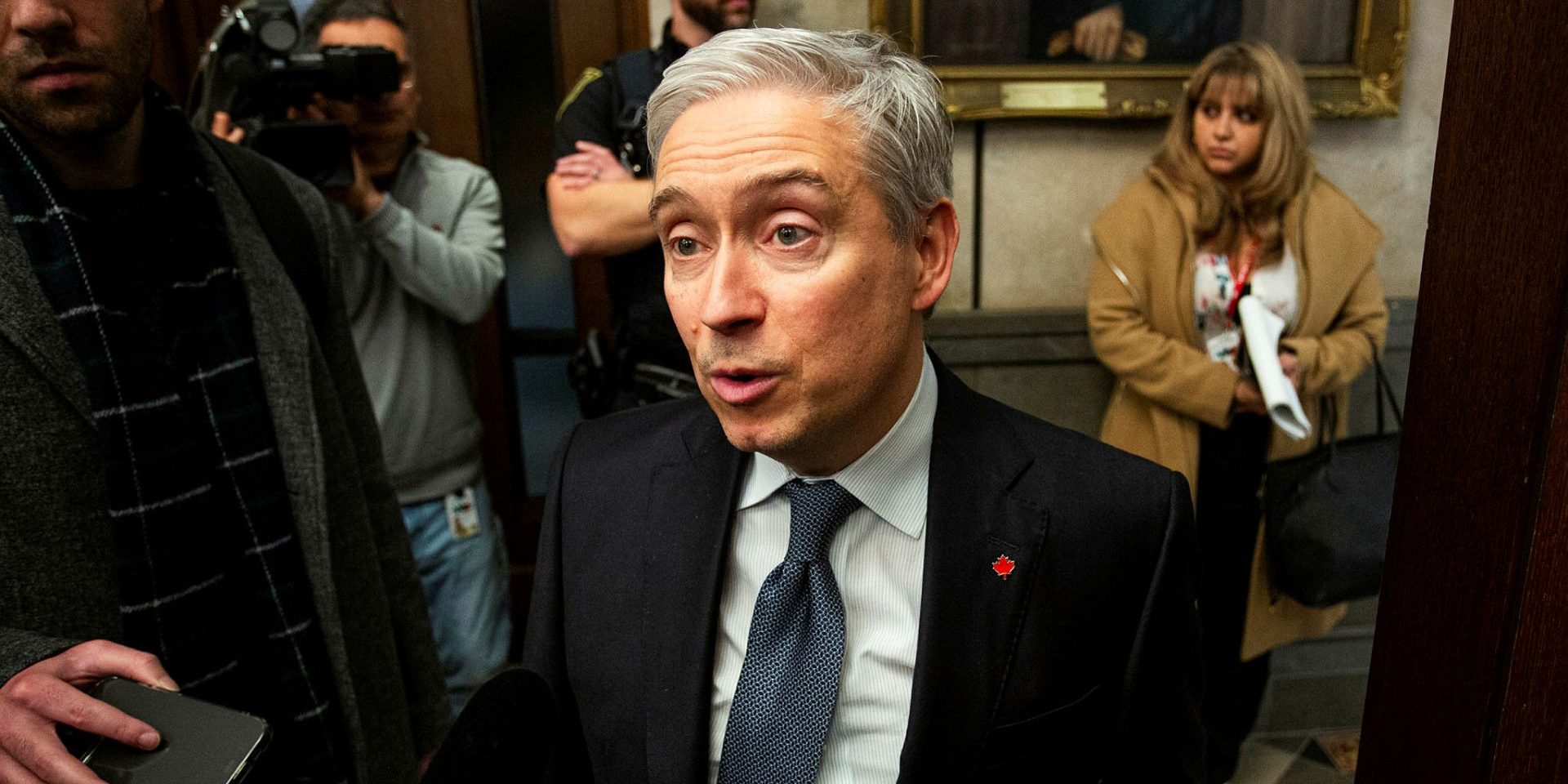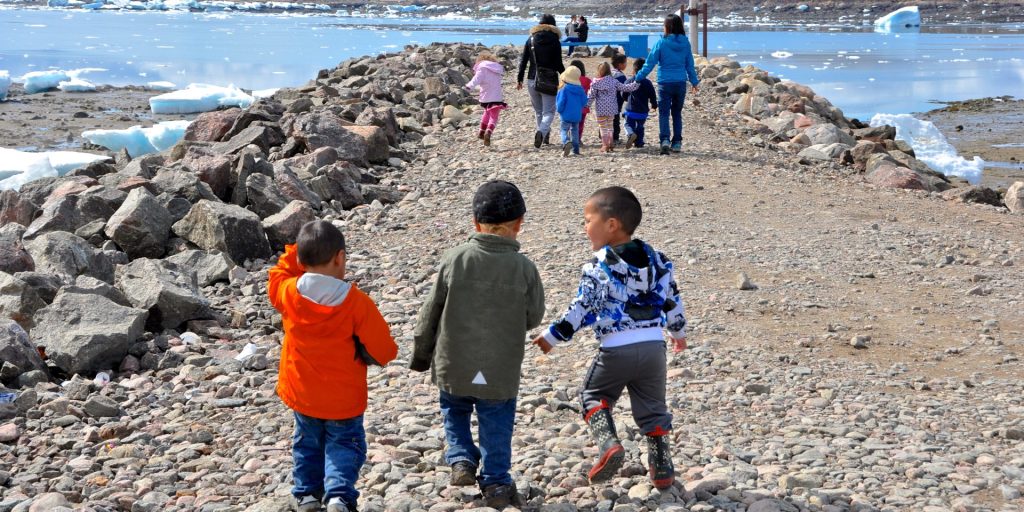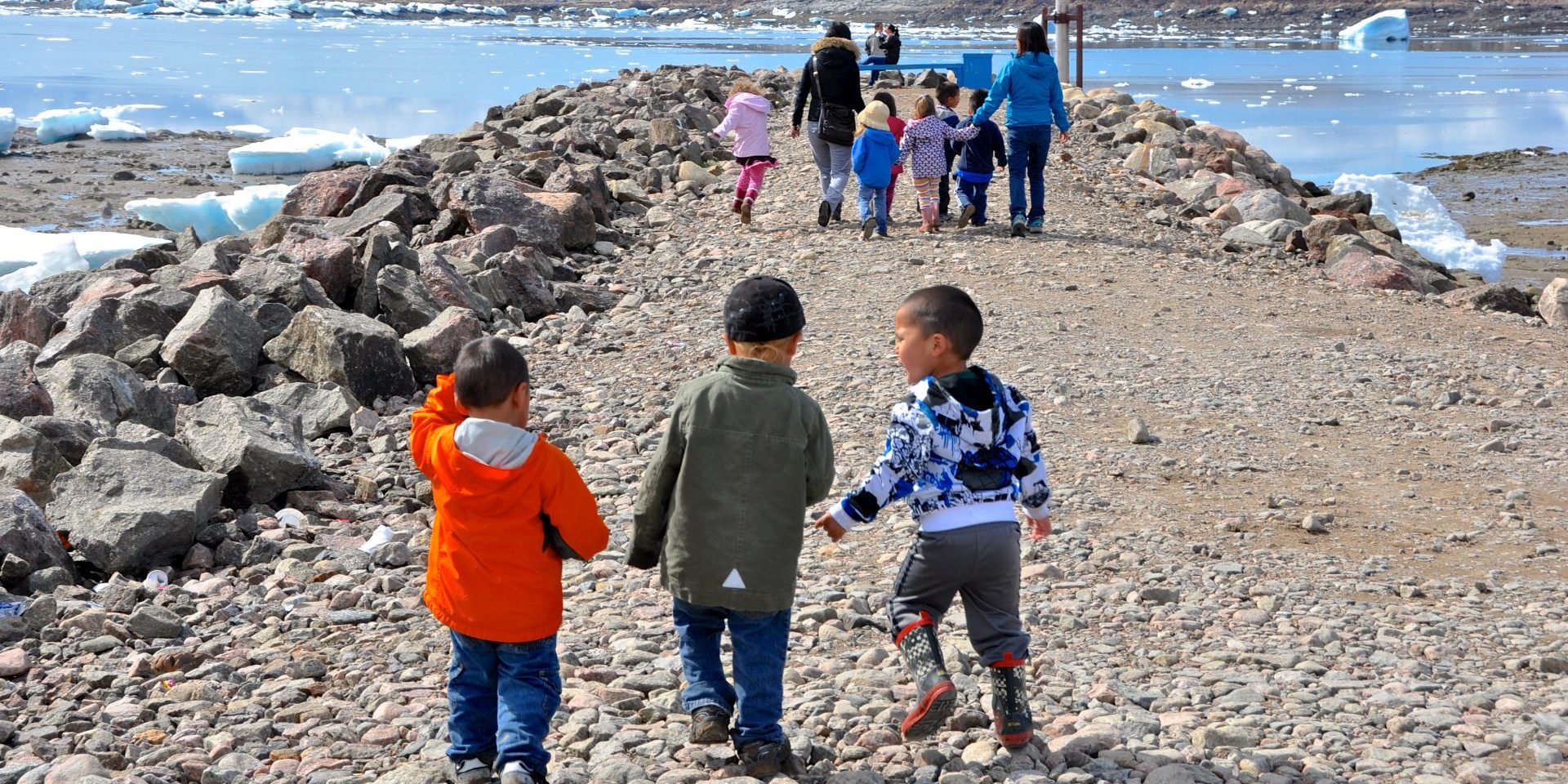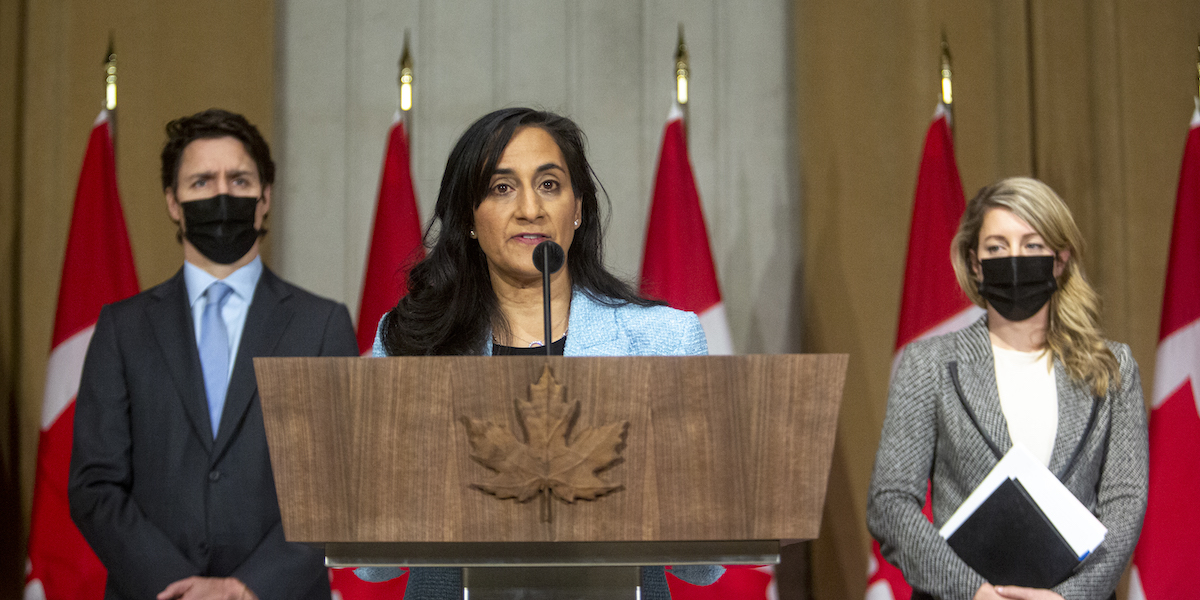The North
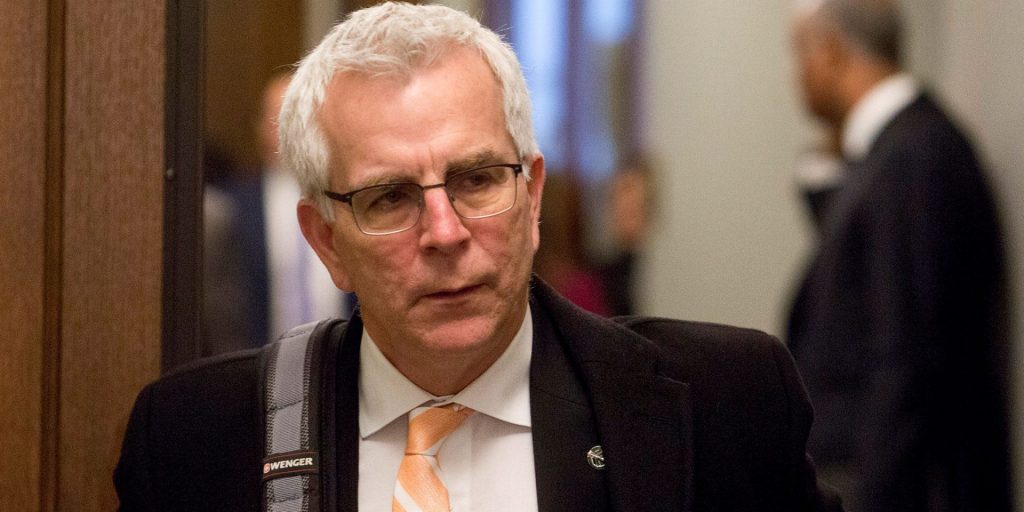
- Two recent surveys find that a significant portion of Canadians do not have access to a primary care provider as governments across Canada attempt to tackle the long-time health human resources shortage.
- Two recent surveys find that a significant portion of Canadians do not have access to a primary care provider as governments across Canada attempt to tackle the long-time health human resources shortage.
Become a Political Insider
Sign up for Today's Headlines newsletter now
By entering your email address you consent to receive email from The Hill Times containing news, analysis, updates and offers. You may unsubscribe at any time. See our privacy policy
- To keep the Arctic sovereign and keep up with the national defence, Canada must invest in the people of the Arctic.
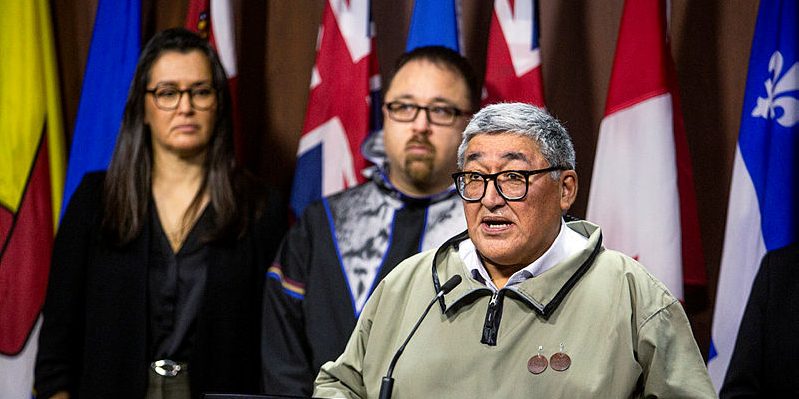
- To keep the Arctic sovereign and keep up with the national defence, Canada must invest in the people of the Arctic.
- To keep the Arctic sovereign and keep up with the national defence, Canada must invest in the people of the Arctic.

- Pierre Leblanc, a retired colonel and former commander of the Canadian Forces in the Arctic, says $1-billion won’t be near enough.
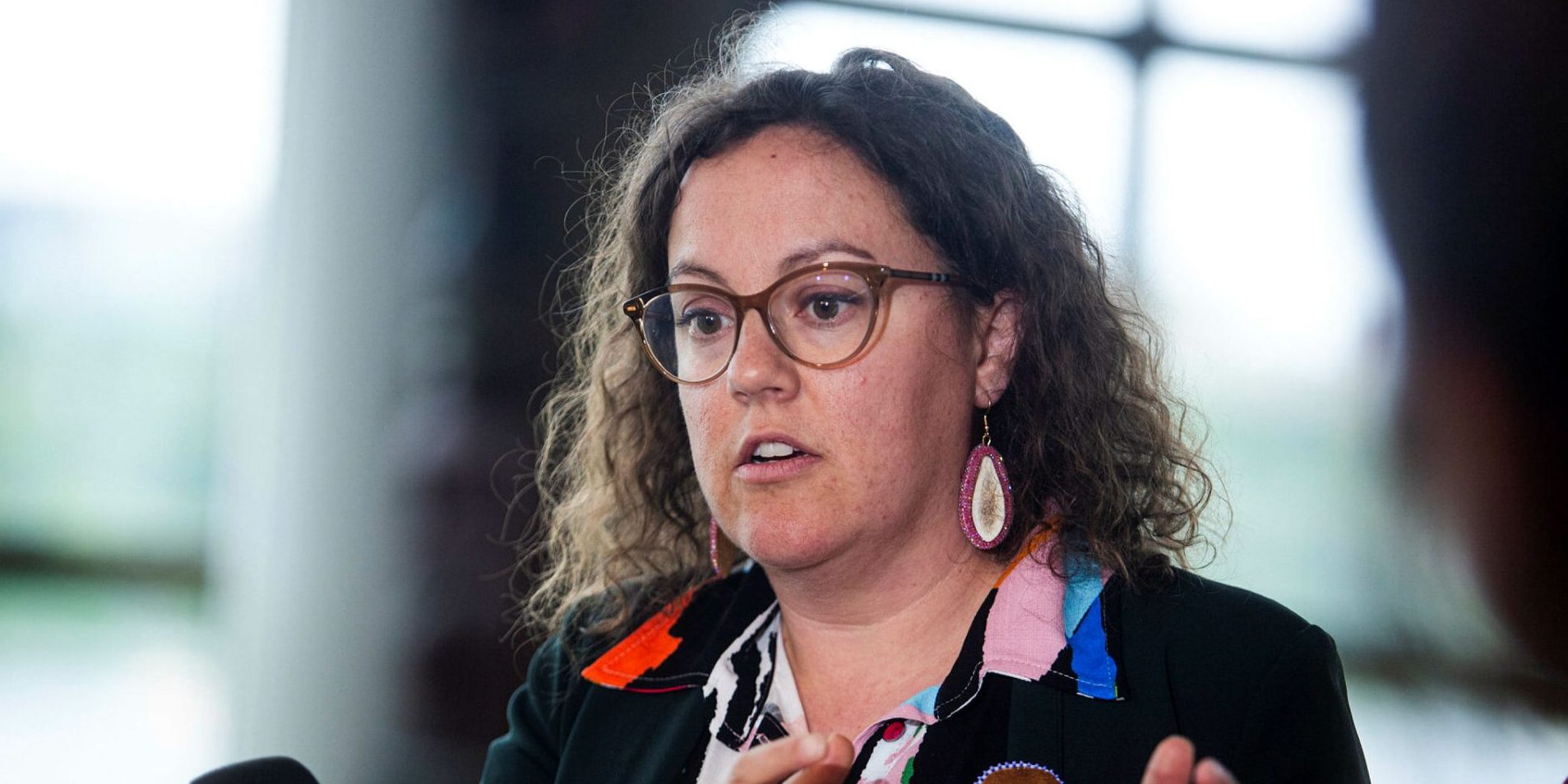
- Pierre Leblanc, a retired colonel and former commander of the Canadian Forces in the Arctic, says $1-billion won’t be near enough.
- Pierre Leblanc, a retired colonel and former commander of the Canadian Forces in the Arctic, says $1-billion won’t be near enough.
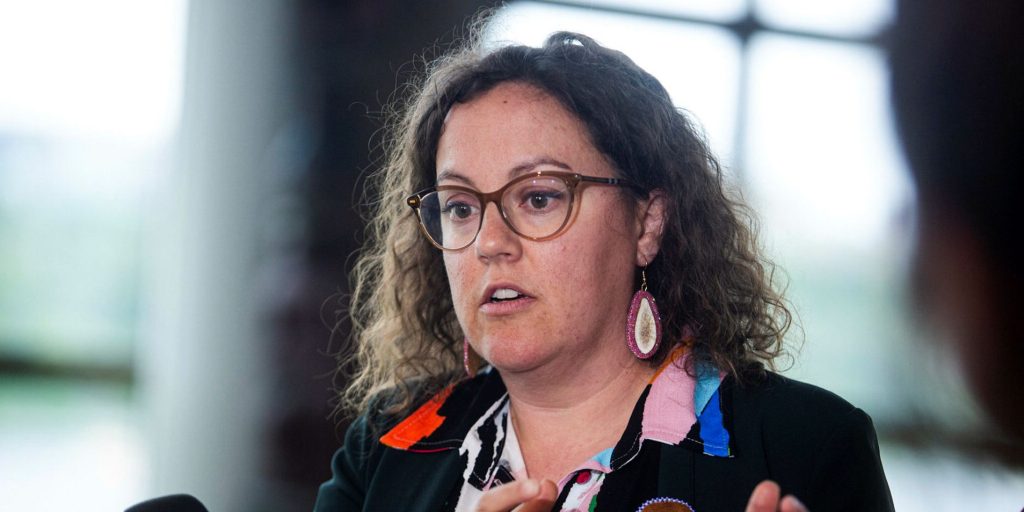
- The Canadian North should not have to stand in line, lobbying for support for a handful of small projects.
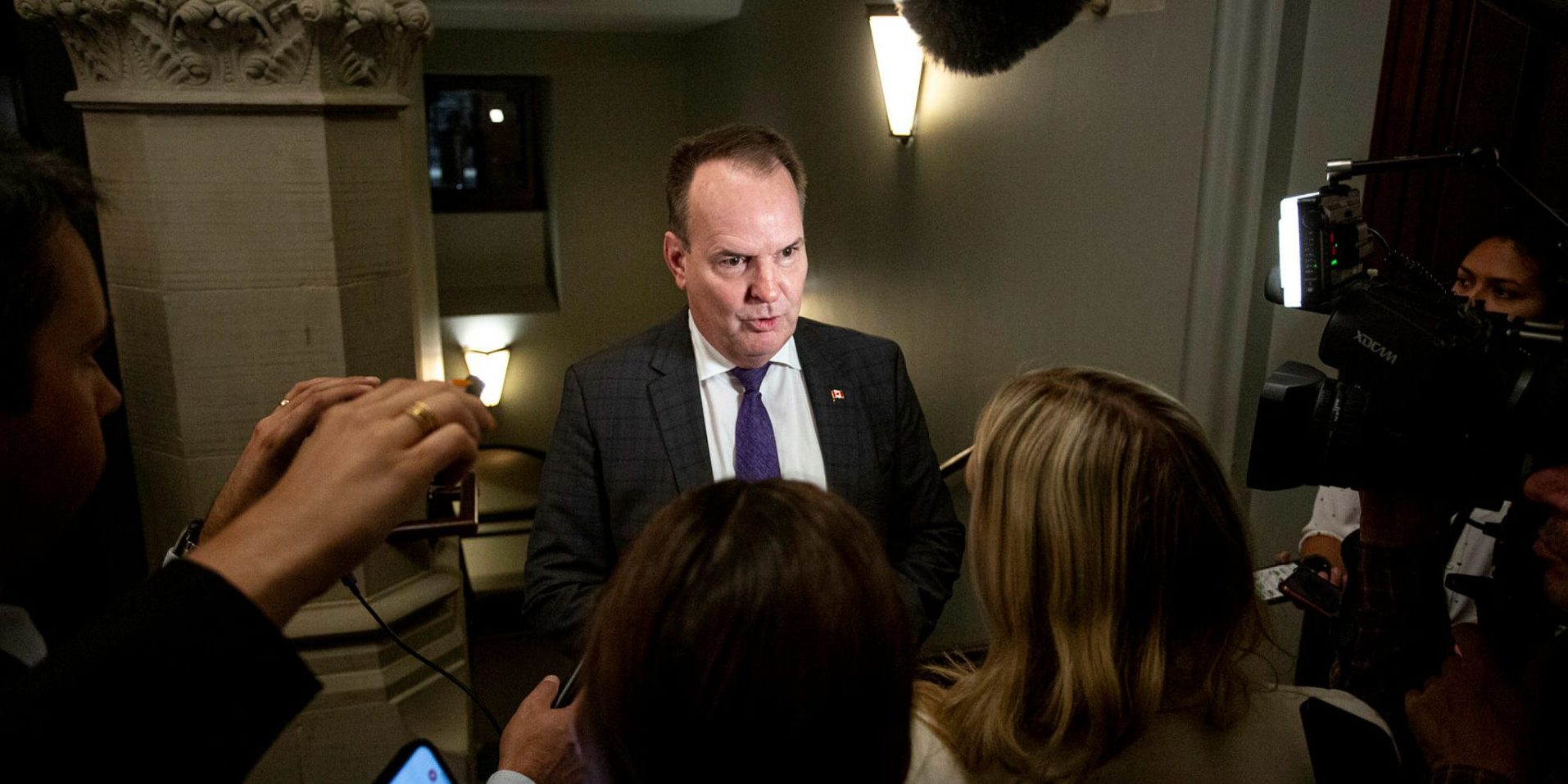
- The Canadian North should not have to stand in line, lobbying for support for a handful of small projects.
- The Canadian North should not have to stand in line, lobbying for support for a handful of small projects.
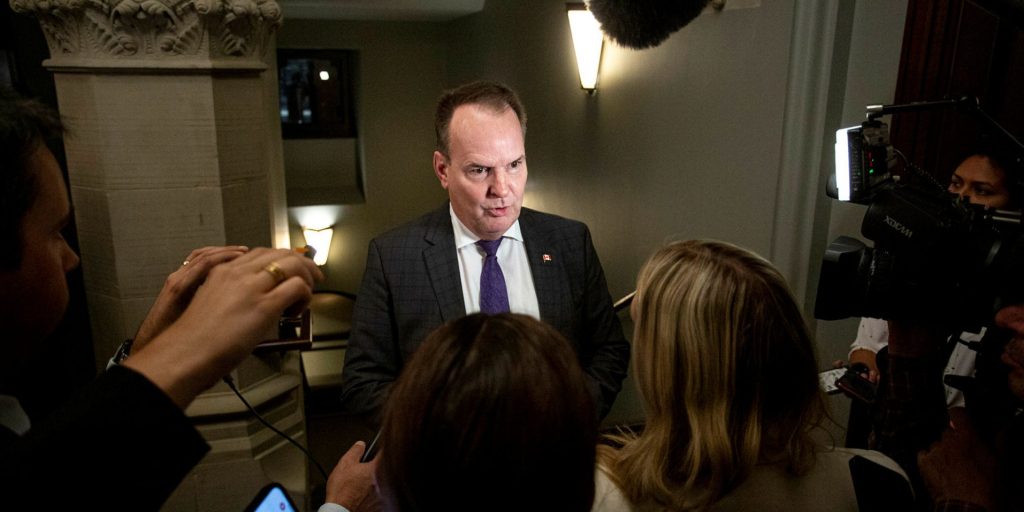
- Investment in the Arctic is not only an economic decision, but also a security imperative. As climate change reshapes global shipping routes and other
- Investment in the Arctic is not only an economic decision, but also a security imperative. As climate change reshapes global shipping routes and other
- Investment in the Arctic is not only an economic decision, but also a security imperative. As climate change reshapes global shipping routes and other
- The government must stop creating barriers for Inuit and northerners to be active in our communities.
- The government must stop creating barriers for Inuit and northerners to be active in our communities.
- The government must stop creating barriers for Inuit and northerners to be active in our communities.
- OTTAWA—The Russian invasion of Ukraine has amplified the need for Canada to review its security posture in the Arctic. Even the territorial leadership is
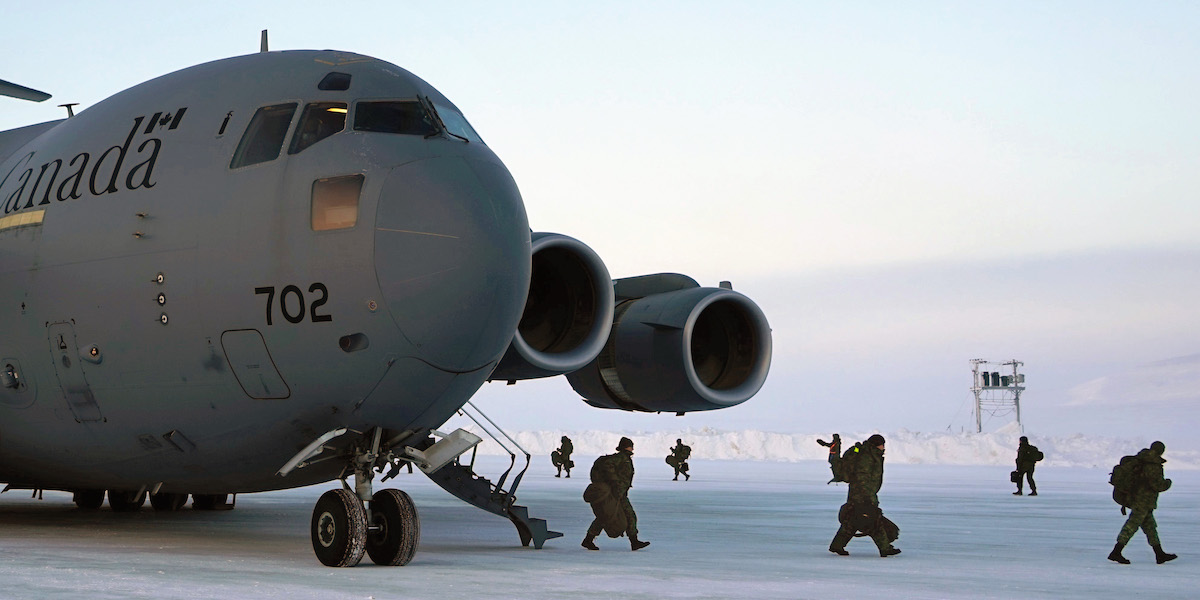
- OTTAWA—The Russian invasion of Ukraine has amplified the need for Canada to review its security posture in the Arctic. Even the territorial leadership is
- OTTAWA—The Russian invasion of Ukraine has amplified the need for Canada to review its security posture in the Arctic. Even the territorial leadership is
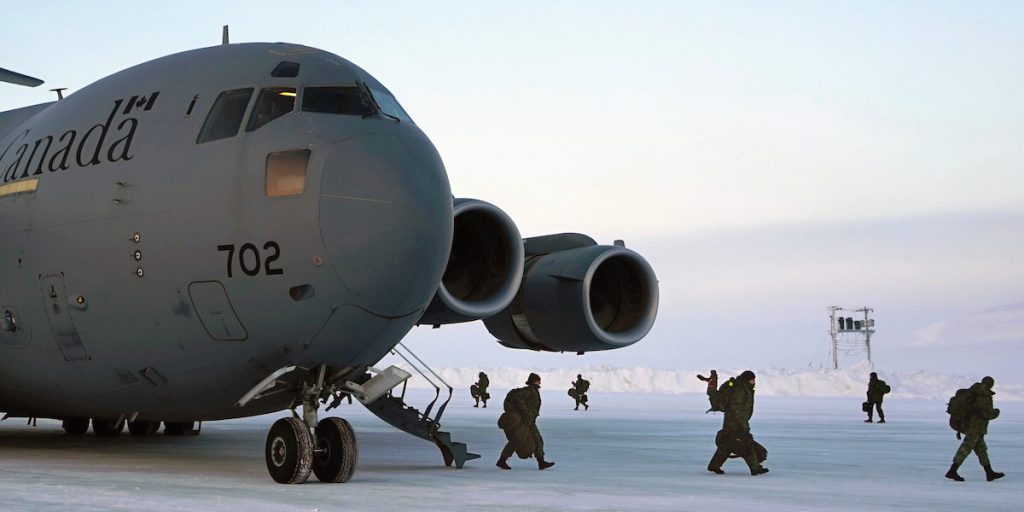
- Northern MPs are open to the idea of an increased military presence in the Arctic, and say they could see the benefit of sinking
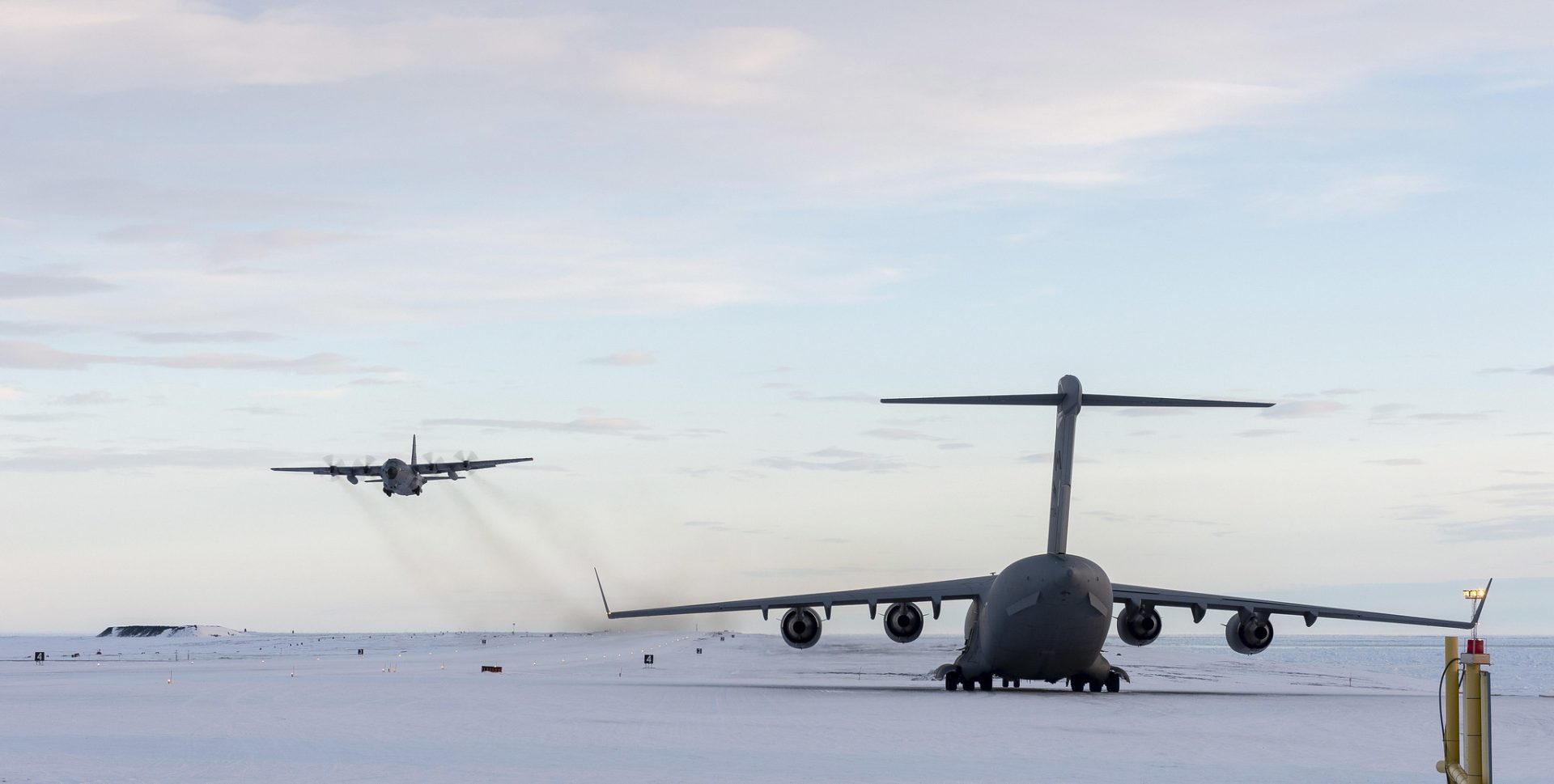
- Northern MPs are open to the idea of an increased military presence in the Arctic, and say they could see the benefit of sinking
- Northern MPs are open to the idea of an increased military presence in the Arctic, and say they could see the benefit of sinking
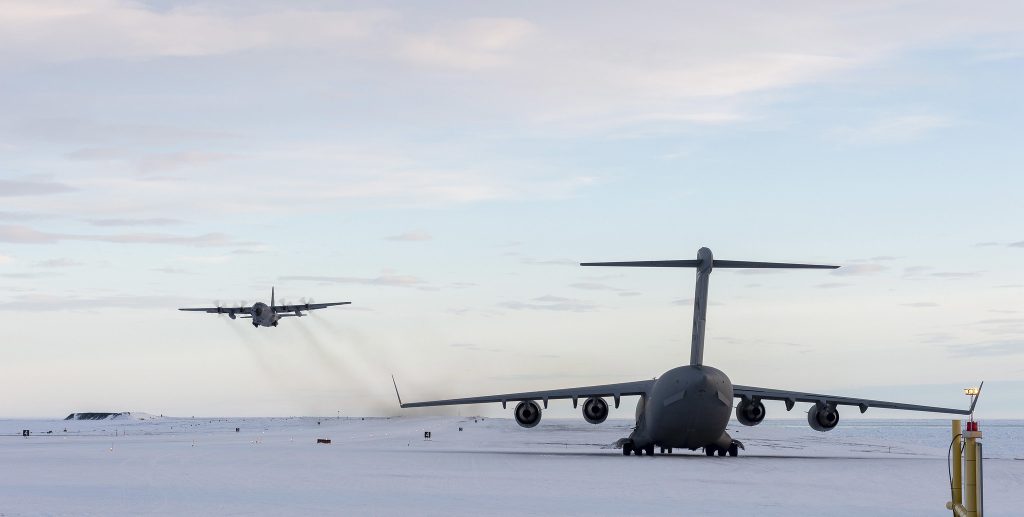
- Russia’s unprovoked invasion of Ukraine is forcing a close examination of defence and foreign policy with a focused attention on the need for Canada
Opinion | March 21, 2022
Opinion | March 21, 2022
- Russia’s unprovoked invasion of Ukraine is forcing a close examination of defence and foreign policy with a focused attention on the need for Canada
Opinion | March 21, 2022
- Russia’s unprovoked invasion of Ukraine is forcing a close examination of defence and foreign policy with a focused attention on the need for Canada
- Any increase to military spending and resources in Canada’s Arctic must also have the dual function of serving Canada’s northern communities. Amid Russian President
- Any increase to military spending and resources in Canada’s Arctic must also have the dual function of serving Canada’s northern communities. Amid Russian President
- Any increase to military spending and resources in Canada’s Arctic must also have the dual function of serving Canada’s northern communities. Amid Russian President
- I was raised by a single mother of four boys—not an easy task in the 1960s and ’70s. But she managed to keep food
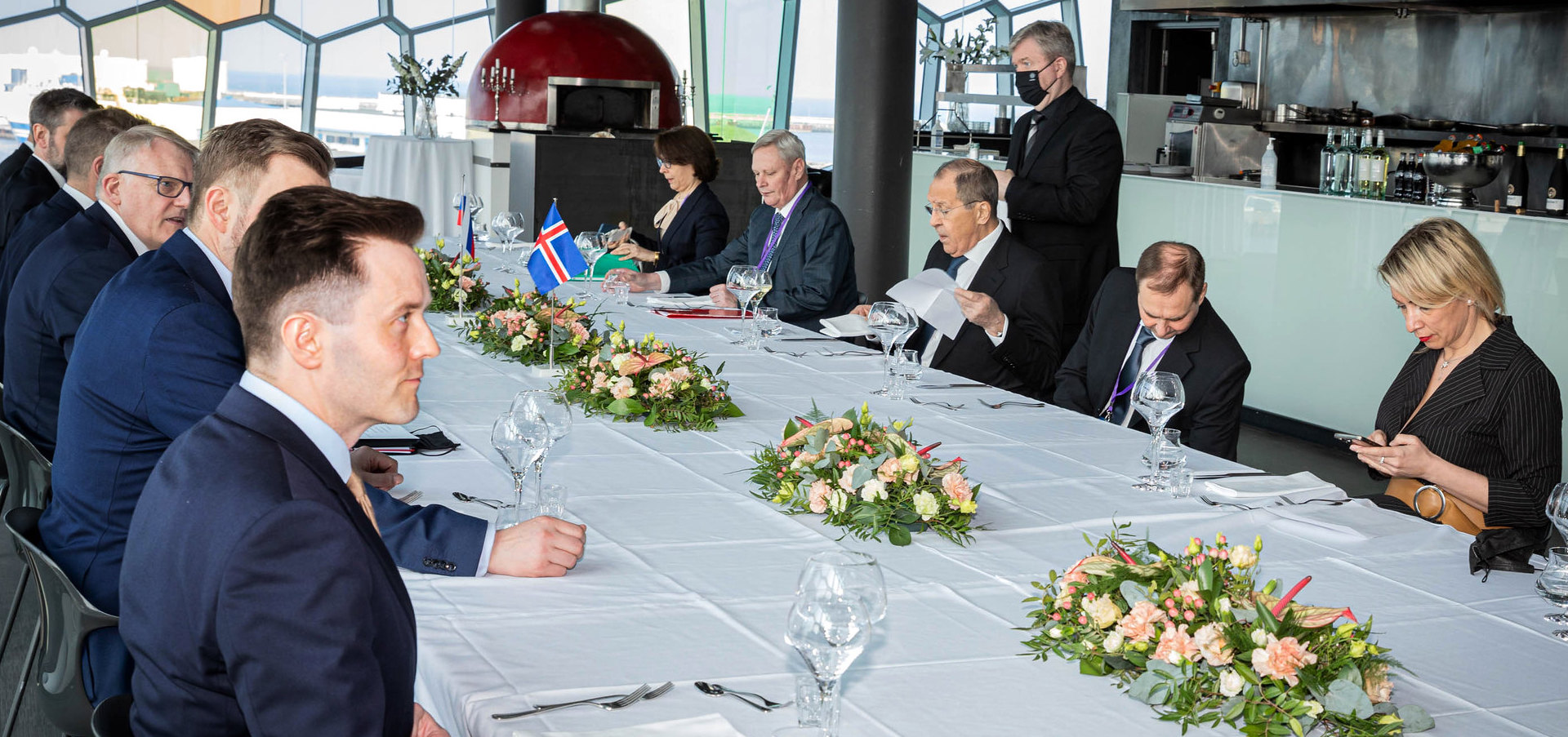
- I was raised by a single mother of four boys—not an easy task in the 1960s and ’70s. But she managed to keep food
- I was raised by a single mother of four boys—not an easy task in the 1960s and ’70s. But she managed to keep food
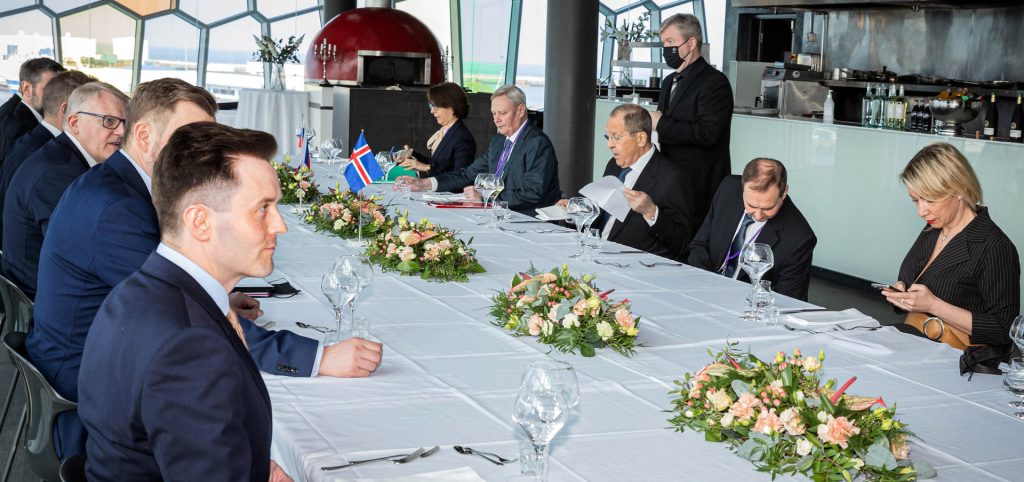
- Crown-Indigenous Relations and Northern Affairs Canada is responsible for $4-billion in environmental liabilities for mines abandoned by private operators in the territories, according to
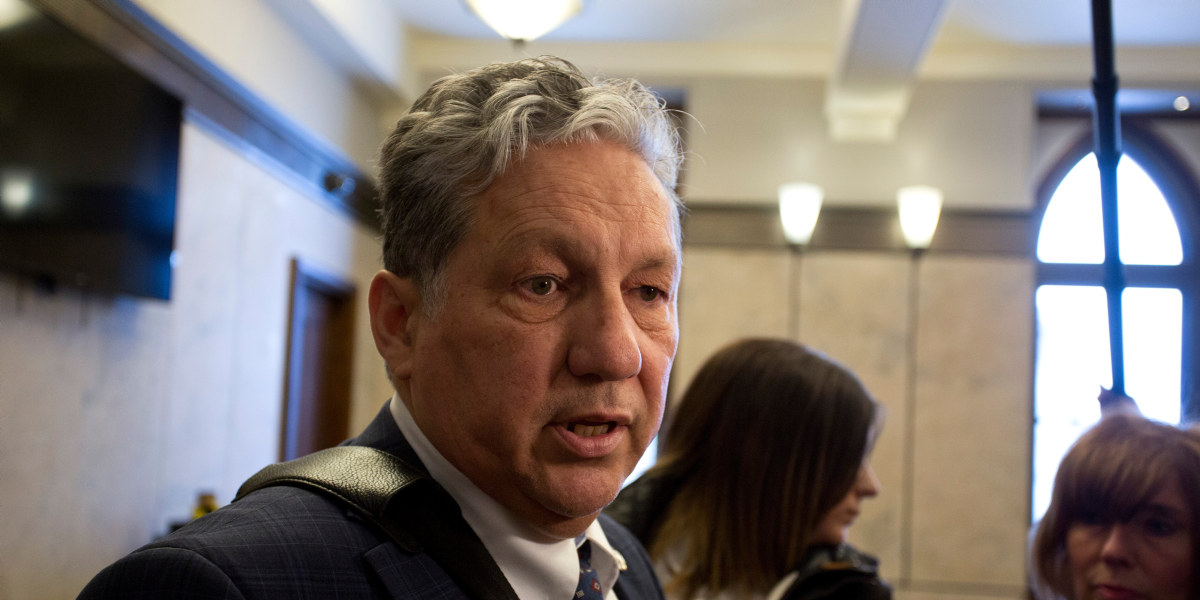
- Crown-Indigenous Relations and Northern Affairs Canada is responsible for $4-billion in environmental liabilities for mines abandoned by private operators in the territories, according to
- Crown-Indigenous Relations and Northern Affairs Canada is responsible for $4-billion in environmental liabilities for mines abandoned by private operators in the territories, according to
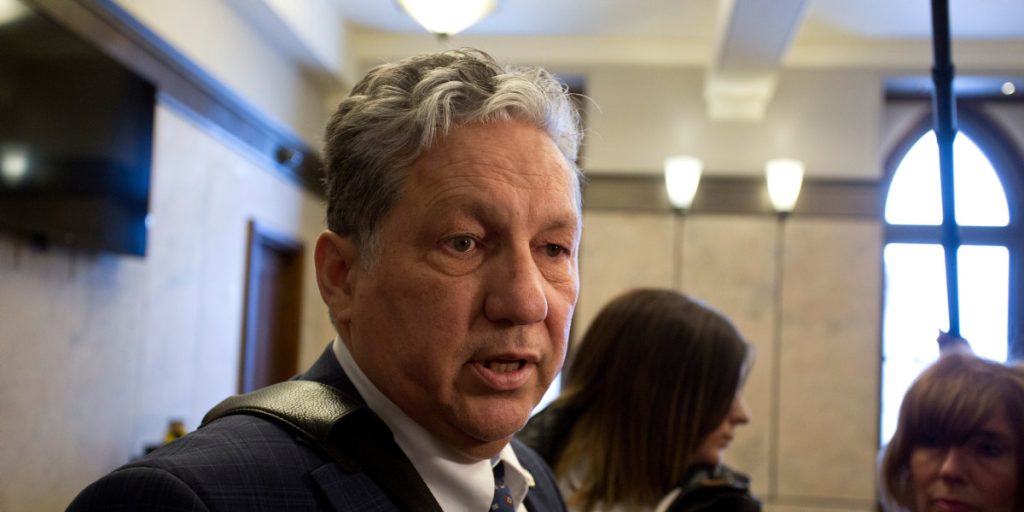
- The unprecedented threat posed by the COVID-19 pandemic has forced unprecedented responses, not least in Canadian border security management. Faced with the surging Omicron
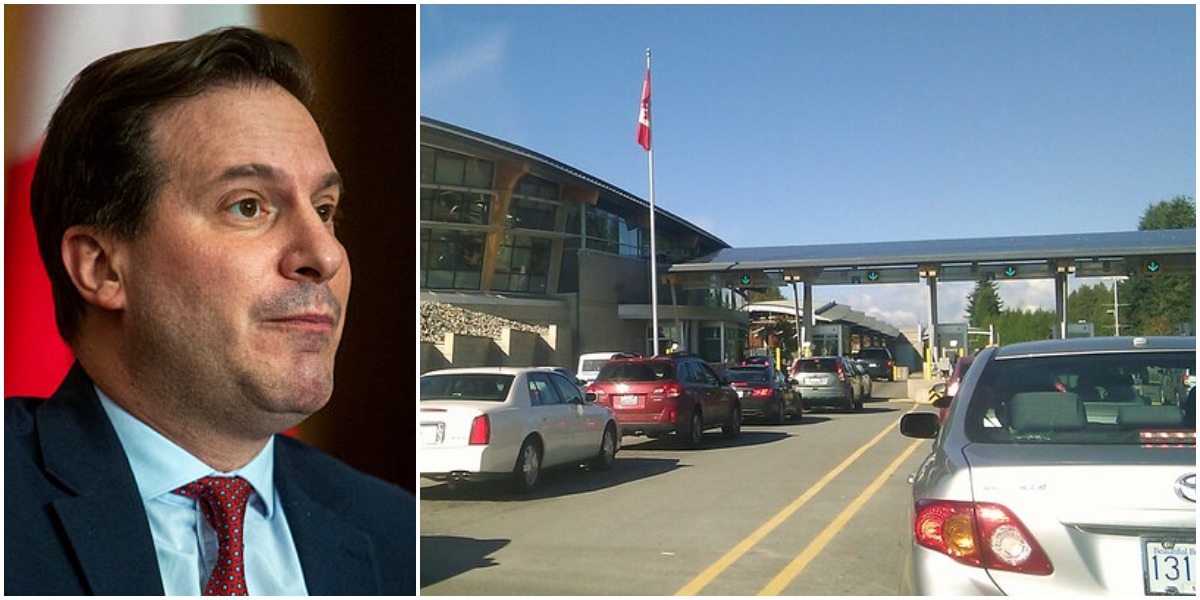
- The unprecedented threat posed by the COVID-19 pandemic has forced unprecedented responses, not least in Canadian border security management. Faced with the surging Omicron
- The unprecedented threat posed by the COVID-19 pandemic has forced unprecedented responses, not least in Canadian border security management. Faced with the surging Omicron
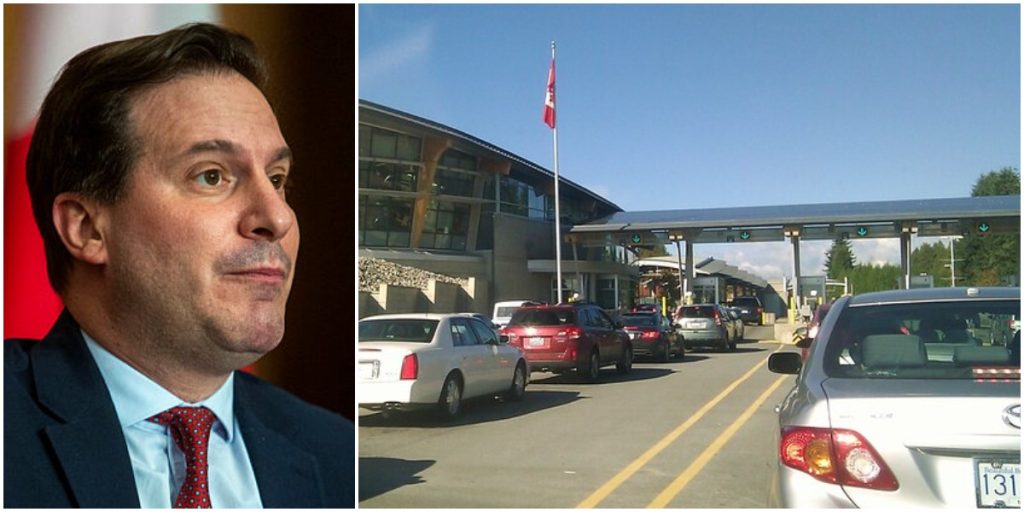
- The transportation sector is one of the largest and fastest-growing GHG-emitting sectors. Diesel is one of the dirtiest fuels within this sector, and has

- The transportation sector is one of the largest and fastest-growing GHG-emitting sectors. Diesel is one of the dirtiest fuels within this sector, and has
- The transportation sector is one of the largest and fastest-growing GHG-emitting sectors. Diesel is one of the dirtiest fuels within this sector, and has

- A new strategic weapon environment is emerging that has enormous impacts for the long-term security of the Canadian Arctic and Canadian security in general.
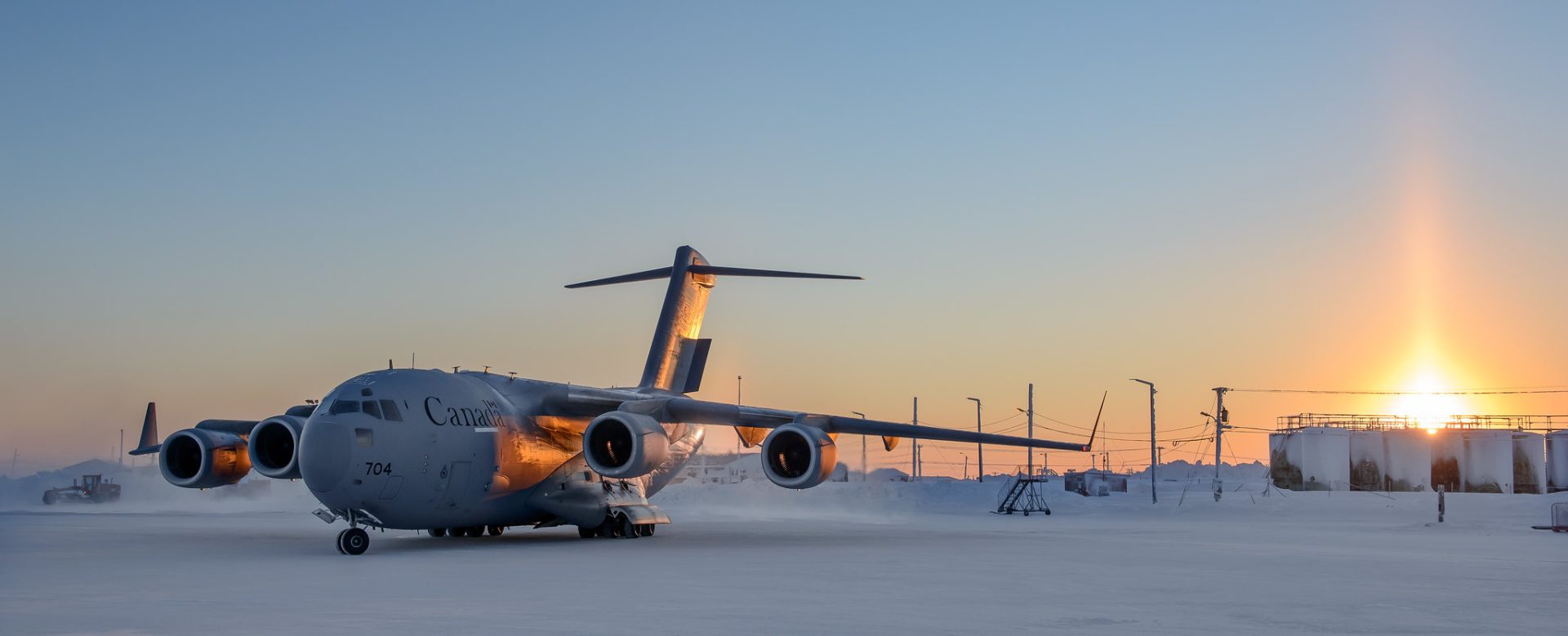
- A new strategic weapon environment is emerging that has enormous impacts for the long-term security of the Canadian Arctic and Canadian security in general.
- A new strategic weapon environment is emerging that has enormous impacts for the long-term security of the Canadian Arctic and Canadian security in general.
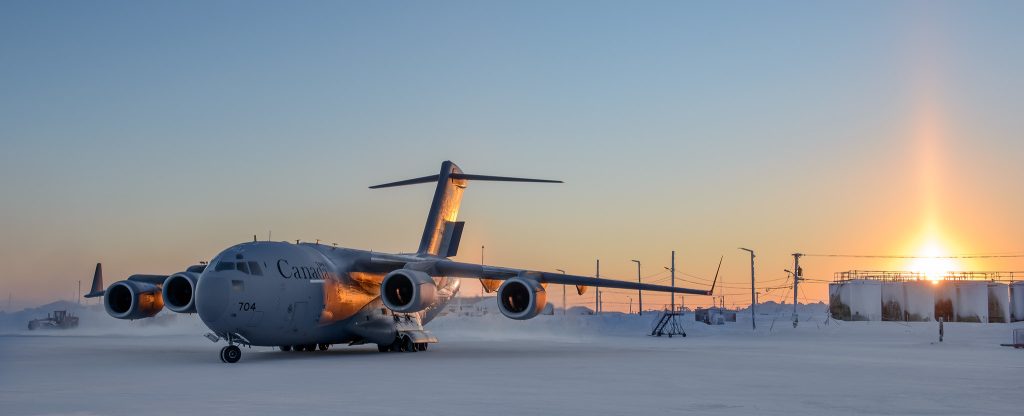
- Canada’s Arctic and Northern Policy Framework (ANPF), released in 2019, remains almost entirely unrealized. While promising “an opportunity for Arctic and northern people, and
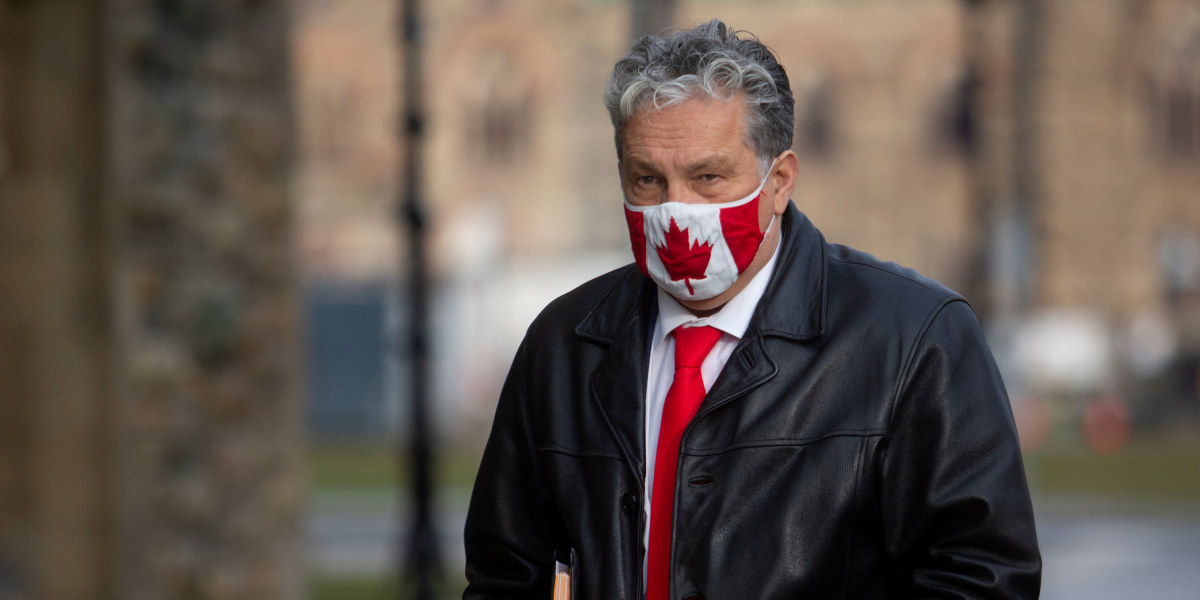
- Canada’s Arctic and Northern Policy Framework (ANPF), released in 2019, remains almost entirely unrealized. While promising “an opportunity for Arctic and northern people, and
- Canada’s Arctic and Northern Policy Framework (ANPF), released in 2019, remains almost entirely unrealized. While promising “an opportunity for Arctic and northern people, and
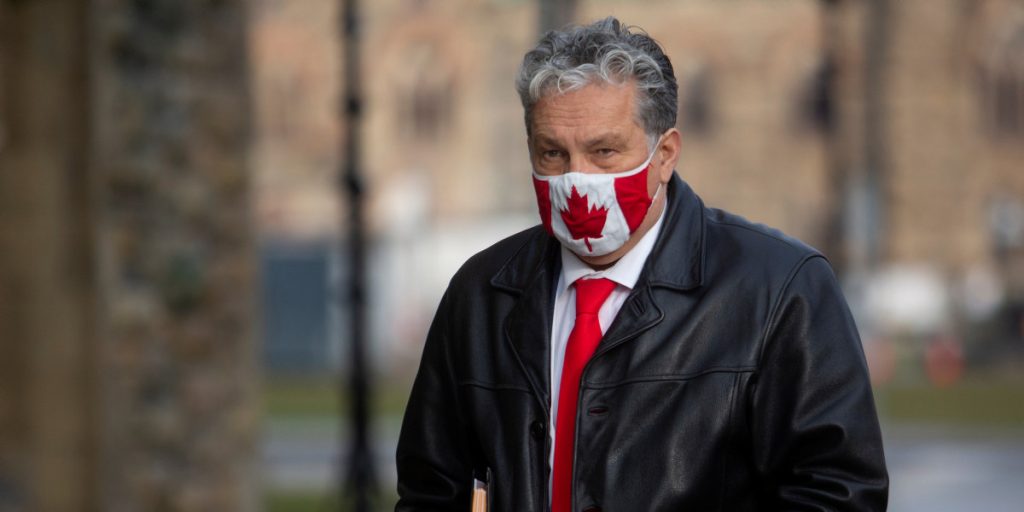
- Weaning communities in northern Canada off their reliance on diesel fuel will involve expanding into power sources beyond wind and solar, which cannot collect
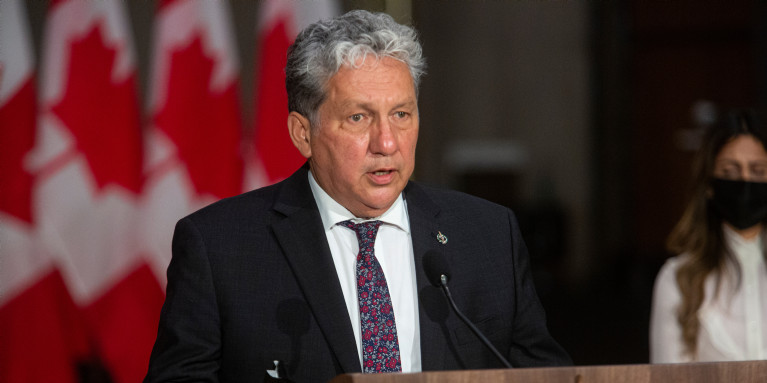
- Weaning communities in northern Canada off their reliance on diesel fuel will involve expanding into power sources beyond wind and solar, which cannot collect
- Weaning communities in northern Canada off their reliance on diesel fuel will involve expanding into power sources beyond wind and solar, which cannot collect

- When the first cases of COVID-19 appeared in Canada, the concern was immediately palpable in northern communities, where a persistent housing crisis has led
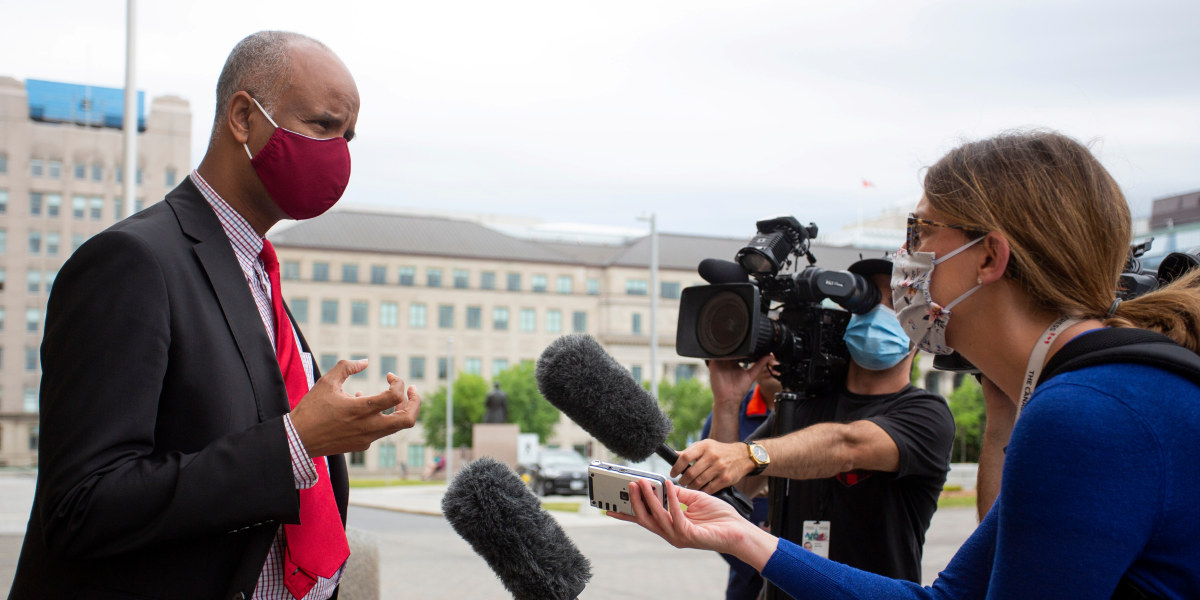
- When the first cases of COVID-19 appeared in Canada, the concern was immediately palpable in northern communities, where a persistent housing crisis has led
- When the first cases of COVID-19 appeared in Canada, the concern was immediately palpable in northern communities, where a persistent housing crisis has led
